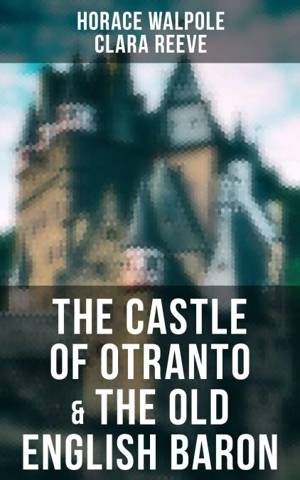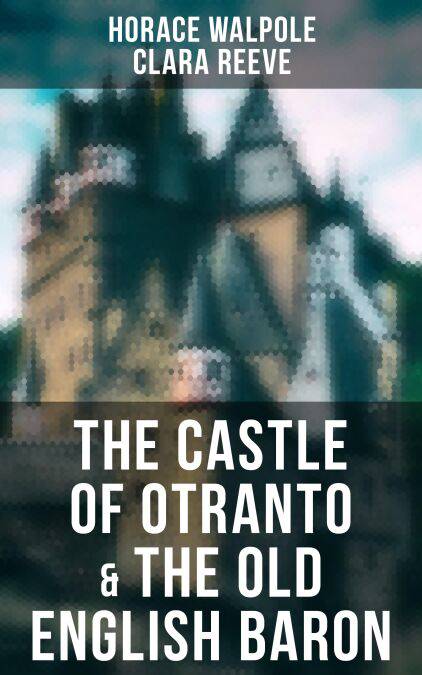
Je cadeautjes zeker op tijd in huis hebben voor de feestdagen? Kom langs in onze winkels en vind het perfecte geschenk!
- Afhalen na 1 uur in een winkel met voorraad
- Gratis thuislevering in België vanaf € 30
- Ruim aanbod met 7 miljoen producten
Je cadeautjes zeker op tijd in huis hebben voor de feestdagen? Kom langs in onze winkels en vind het perfecte geschenk!
- Afhalen na 1 uur in een winkel met voorraad
- Gratis thuislevering in België vanaf € 30
- Ruim aanbod met 7 miljoen producten
Zoeken
The Castle of Otranto & The Old English Baron E-BOOK
2 Novels
Horace Walpole, Clara Reeve
E-book | Engels
€ 1,99
+ 1 punten
Omschrijving
The dual works of Horace Walpole's 'The Castle of Otranto' and Clara Reeve's 'The Old English Baron' sit at the pivotal inception of the Gothic novel. This collection, combining two seminal texts, explores themes of medievalism, the supernatural, and the sublime, reflecting a period of literary experimentation that paved the way for the burgeoning Gothic genre. The anthology showcases the evolution from the bombastic, almost operatic style of Walpole to the more restrained, realistic approach favoured by Reeve, providing readers with a spectrum of Gothic transition and influence. These works are exceptional not only for their narrative intrigue but also for their historical significance as pioneers in their genre. The backgrounds of Walpole and Reeve offer insights into the early Gothic mind: an oscillation between Enlightenment rationalism and the emerging sensibility towards Romantic emotionalism. This collection exemplifies the early Gothic novel's role as a cultural artifact that mirrors its societal context, where medieval archaisms collide with—and challenge—the Moderns. Their writings, though diverse in voice, collectively forge a path that invites subsequent explorations of moral and philosophical undercurrents through the lens of gothic suspense and terror. This anthology is indispensable for aficionados and scholars alike, inviting a re-examination of the roots of the Gothic genre within these two foundational texts. It offers a unique opportunity to observe the dialogue between two contrasting yet complementary narratives that both dissect and celebrate the complexities of human emotion and the darker realms of the human psyche. Delving into its pages promises an enriching journey through the corridors of Gothic innovation—one that educates, engages, and elucidates the enduring appeal of the mysterious and the macabre.
Specificaties
Betrokkenen
- Auteur(s):
- Uitgeverij:
Inhoud
- Aantal bladzijden:
- 212
- Taal:
- Engels
Eigenschappen
- Productcode (EAN):
- 4057664560001
- Verschijningsdatum:
- 17/12/2019
- Uitvoering:
- E-book
- Beveiligd met:
- Digital watermarking
- Formaat:
- ePub

Alleen bij Standaard Boekhandel
+ 1 punten op je klantenkaart van Standaard Boekhandel
Beoordelingen
We publiceren alleen reviews die voldoen aan de voorwaarden voor reviews. Bekijk onze voorwaarden voor reviews.









